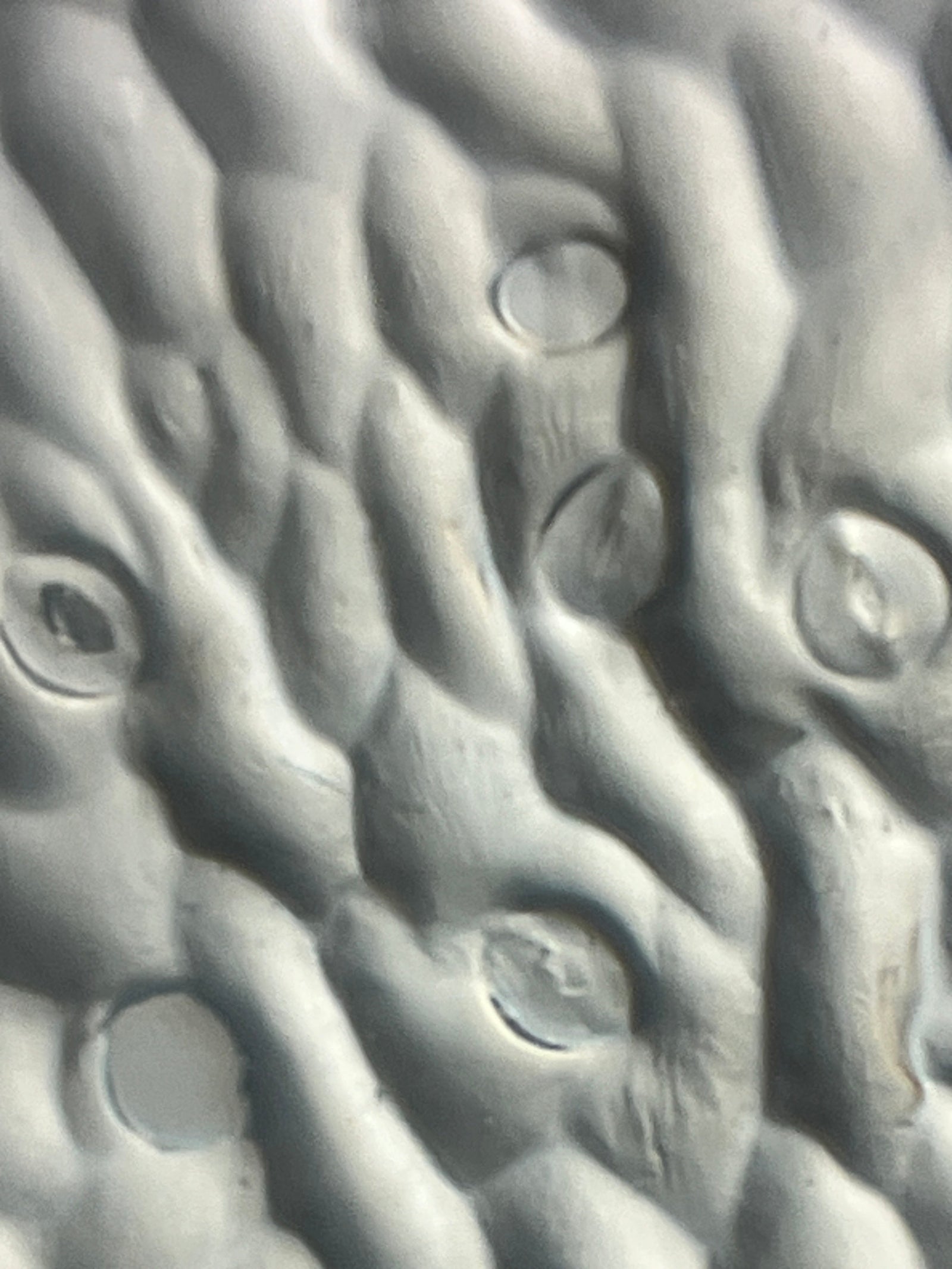Question:
How do you get a solid from a liquid?

Background:
Have you ever watched a crystal grow? It is such an interesting phenomenon to witness! Some materials, like Borax powder, form beautiful crystal structures when they are dissolved in hot water and then left to slowly crystalize.

This simple demonstration contains many examples of physical changes which can help to teach the concepts of cause and effect:
|
Cause |
Effect |
Change |
|
Add Borax powder to water |
Borax powder dissolves |
Physical |
|
Increase temperature of water |
More Borax powder dissolves (create a supersaturated solution!) |
Physical |
|
Decrease temperature of water |
Borax powder crystalizes |
Physical |
This blog will teach you how to grow crystals, study them under a Foldscope microscope, introduce you to scientists and artists who use crystals in their work, and provide guidance on creating interdisciplinary lessons with non-science teachers.

Directions/Procedure:
This lesson shows the physical change Borax powder undergoes as it transforms from a solid, to a liquid, and finally, into a differently shaped solid.
Materials:
- Borax
- Hot plate or bunsen burner
- Beaker or glass jar
- Disposable pipettes (droppers)
- Microscope slides and cover slips
- or black ring stickers if using a Foldscope
- Microscope
- or Foldscope

Procedure:
- Fill the glass container with water (about ⅔ of the container)
- Place the container on the heat source and bring the water to a boil
- Add Borax powder until no more can dissolve. This might take a while and take more Borax than you think it should. (you are making a supersaturated solution, but the liquid should still be completely clear - if it looks cloudy, add a little more water until it becomes clear again)
- Turn off the heat
- Use a pipette to place one or two drops of the liquid on a glass slide
- Quickly cover the liquid with a cover slip and place it under a microscope to watch the crystal formation in real time!
- If you are using a Foldscope, place the drops of liquid inside of a black ring circle.
- You can record the crystallization process by coupling your phone or tablet to the Foldscope!

Real World Crystal Scientists:
Dr. Dorothy Crowfoot Hodgkin (1910-1994) won the Nobel Prize in Chemistry in 1964. As a child she discovered a love for crystals and went on to earn a degree in chemistry. She was the first person to determine the crystal structure of proteins (up until this point scientists thought that only inorganic minerals had defined crystal structures). Her work advanced the field of medicine and pharmaceuticals by helping to better understand the structures of penicillin, vitamin B12, and insulin. How could the crystals you investigated under the microscope further Dr. Hodgkin’s work?
M .C. Escher (1898-1972) was an artist whose work was strongly influenced by crystallography and the symmetry found in crystal structures. During his life, x-ray crystallography was a new and emerging field of study. The symmetry found in crystals on a molecular level intrigued Escher. He incorporated much of what he saw in newly discovered crystal structures into his very mathematically based paintings/drawings. What kind of art could you create based on the crystals you see under the microscope?
Extension:
This blog ties together the three dimensional framework of the NGSS. It covers the Disciplinary Core Idea of Physical Science as it relates to Matter and Its Interactions. Students will see the Crosscutting Concept of Cause and Effect when they heat the water to dissolve the powder and cool the water to crystalize the Borax. This activity is also a way for students to deepen their understanding of the Science and Engineering Practice of Develop and Use Models by modeling the crystallization process with Borax powder.

However, this exploratory activity can go beyond the science classroom. Join forces with:
- a Social Studies teacher to investigate the cultural significance of crystals throughout history
- an English teacher to draw comparisons between the structure of a crystal and the structure of a written text
- a Math teacher to explore the symmetry of crystal structures
- An art teacher to create works of art that draw on the use of symmetry

Connect:
Make sure to share your observations, hypothesis, results, and interdisciplinary extension activities. Submitting your geotagged Foldscope images of crystals of all shapes, sizes, and colors to the Microcosmos will help build up a strong scientific database that can help support new and innovative scientific research!
Sources:
https://www.nobelprize.org/womenwhochangedscience/stories/dorothy-hodgkin
https://www.ansto.gov.au/news/celebrating-crystallography-new-video https://mcescher.com/gallery/mathematical/


